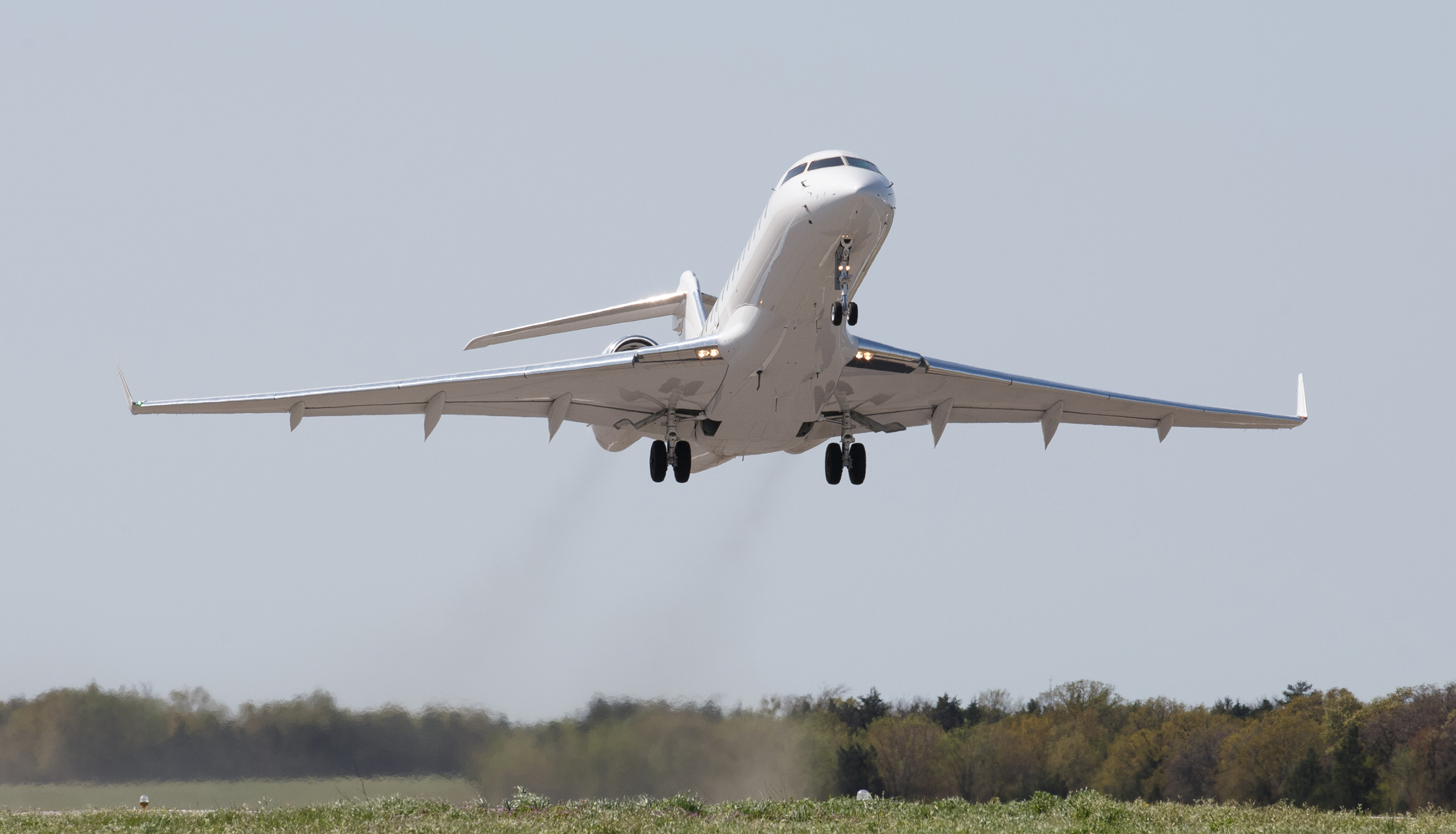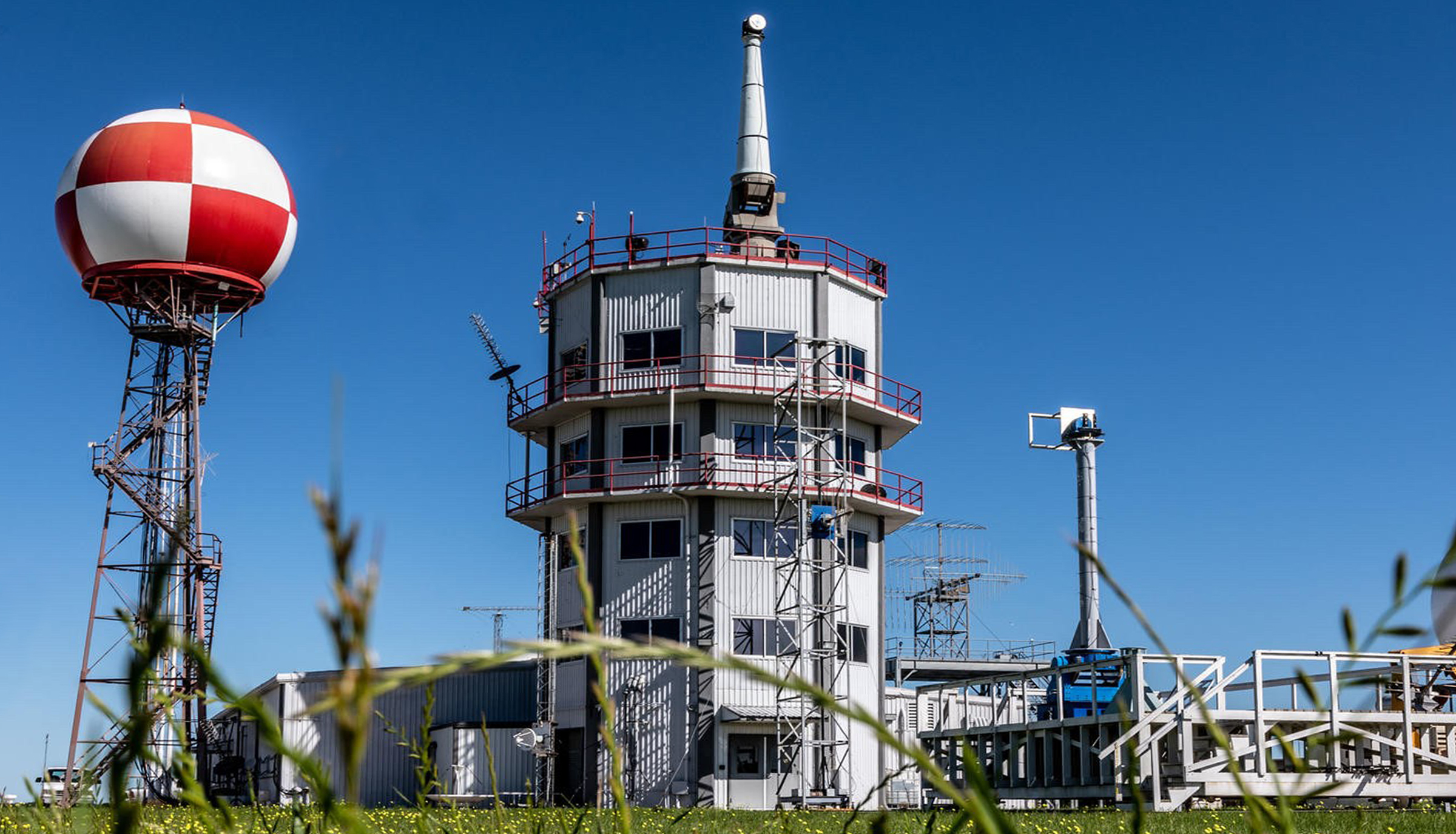The U.S. Army is moving fast – collaborating with stakeholders and industry partners for rapid development of its future intelligence, surveillance and reconnaissance (ISR) capabilities. The next phase of this development is the Army’s Theater Level High-Altitude Expeditionary Next Airborne ISR Radar (ATHENA-R) program.
The MAG Aerospace/L3Harris team is investing significant time and resources to support the Army’s mission of delivering actionable intelligence to commanders on the battlefield when and where they need it, and the Army’s goals will benefit from experienced teammates that can de-risk the process while accelerating its development schedule.
Our ATHENA team brings experience, past performance and capacity to this task, combining investment and expertise to meet the Army’s ISR deployment schedule with multiple missionized Bombardier Global 6500 aircraft.
“Our ATHENA design is augmented by nearly three years of internal research and development, as well as 800,000 hours of building, integrating, testing and certifying ISR capabilities on Bombardier Global series aircraft,” said Luke Savoie, President, ISR sector, L3Harris. “Our decades of missionization experience, combined with MAG’s global ISR mission operations will provide the Army a trusted partner as it learns to deliver better information faster to those on the battlefield.”
Here’s a look at some of the performance drivers the MAG/L3Harris ATHENA team has to offer.
Experience
- A nearly three-year head start on the development, integration, testing and certification of Bombardier Global 6500 ISR capability.
- More than 70 years of aircraft missionization experience and more than 15,000 modified aircraft delivered.
- Extensive experience selecting, integrating, and optimizing next generation sensors for the future battlefield.
Performance
- ARES has operated approximately 1,000 hours in support of U.S. Army Pacific Command to date and recently supported the Army’s Project Convergence 2022 exercise.
- More than 50 business jet ISR aircraft on contract or delivered, including the missionization and deployment of the Airborne Reconnaissance and Electronic Warfare System (ARES) platform to support U.S. Army Pacific Command.
- Achieved 200 supplemental-type certificates (STC) for commercial aircraft.
Facilities & People
- More than 2,800 engineers of all disciplines relevant to ATHENA effort.
Production-ready facilities with tools and processes optimized for ATHENA program - Supports more than 500,000 annual ISR flight hours, supporting ISR operations on six continents and experience flying under U.S. Army Regulation 95-20, DCMA 8210.1C and FAA regulations.
- FAA Organization Designation Authorization (ODA) allows us to streamline certification of our own modifications, engineering changes and issue supplemental-type certificates without FAA involvement.
- Two million square feet of climate controlled, government-certified hangar space and more than 72,000 square feet of secure facilities to complete all modifications and repairs without requiring additional government or contractor furnished space.
- Multi-Sensor Test Facility enables rapid multi-discipline sensor certifications and calibrations, saving time and budget by reducing schedule, cost and flight hours for system validation.
 Photo: L3Harris
Photo: L3Harris
 Photo: L3Harris
Photo: L3Harris

